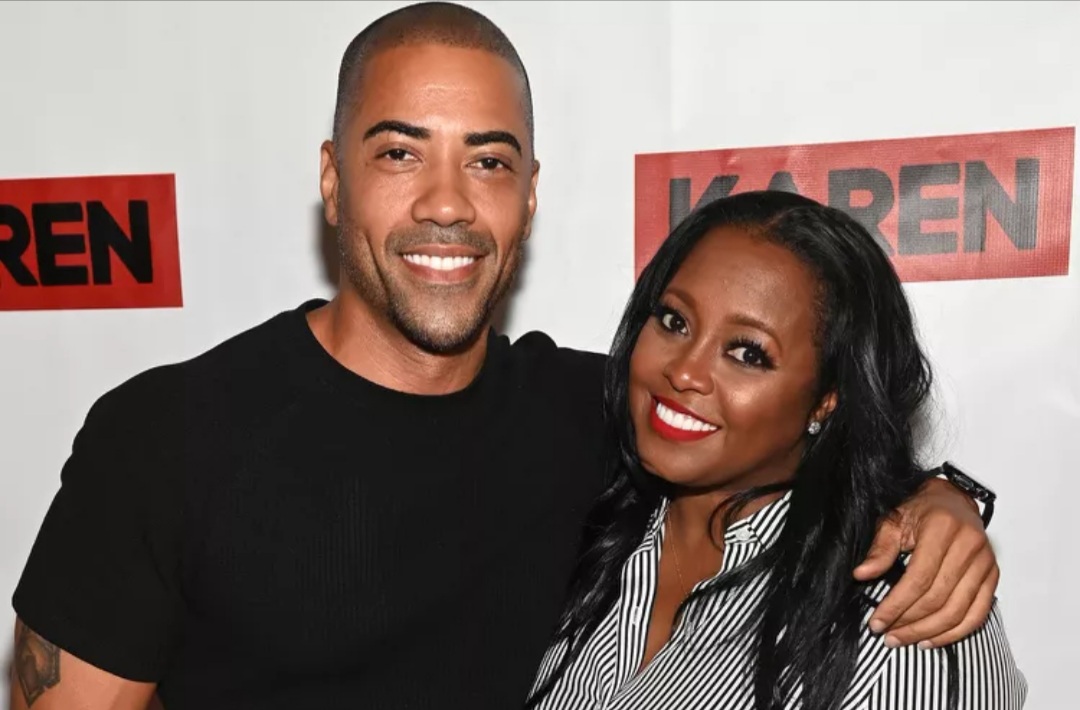By McKenzie Jackson | California Black Media
mckenzie@cablackmedia.org
Protesters took to the streets for two consecutive evenings in South Los Angeles last weekend.
Demonstrators shut down traffic at 108th Street and Western Avenue in the Southern California locale on Saturday and Sunday nights in protest to the fatal shooting of 18-year-old Carnell Snell Jr. by Los Angeles Police.
Snell’s death was one of three deadly shootings by California law enforcement of an African-American man over the weekend that added to a growing list of black men gunned down by police across the country.
Law enforcement officers shot Snell dead Saturday afternoon outside of his home near 107th Street and Western Avenue. Police’s shooting of the teenager put an end to a car and foot chase that police said began with a suspected stolen car being pursued by officers. Snell, armed with a gun, was one of two people to jump out of the vehicle, after police attempted to pull it over because it had paper plates.
As of press time, Los Angeles police have not said why Snell was shot, but a handgun was recovered at the scene. The other person that jumped out of the car with Snell has not been found by police.
Snell’s death sparked a vigil and two nights of protests. Residents in South L.A. questioned why police did not just use a taser on Snell and why police had to kill another African-American man.
Two other black men – Reginald Thomas and Alfred Olango – were also killed by police last week. Thomas, a father of eight, died on Sept. 30 after being tasered by police in Pasadena and Olangao, 38, died on Sept. 27 after being shot by police in El Canjon.
The both men’s deaths after 9-1-1 calls reported that the men were acting erratically.
The Ugandan-born Olango was unarmed when he was shot by El Cajon police officer Richard Gonsalves. Police responded to calls of a “mentally unstable” man walking in traffic. Police said Olango ignored commands to take his hand out of his pocket before pulling out an object later determined to be a vaping device used to inhale nicotine. Law enforcement said Olango assumed a “shooting stance” and pointed the device.
Thomas was tasered by Los Angeles County Sheriff’s Department officers in Pasadena. Deputies responded to a call about a man with a knife at an apartment complex. When police got to the scene, they confronted Thomas, but according to police he did not follow their commands as he attempted to re-enter an occupied apartment.
Police used a taser on Thomas in an attempt to disarm him and a fight ensued. After restraining him, the same officers noticed Thomas was not breathing and began lifesaving measures until paramedics arrived. Thomas died at the scene.
Olango’s and Thomas’ deaths ignited protests and rallies by activists in their areas.
At a rally and march held in response to Olango’s death last Saturday, Rev. Shane Harris of the National Action Network’s San Diego chapter told a mixed race and faith crowd 200 people there is an issue with how police interact with blacks and minorities.
“What happened to Alfred Olango shocked the world,” Harris said. “It shocked the world because Alfred not only represents what it is to be here in America, but Alfred represents a whole coalition of worldwide leaders that have seen what has happened here in America.”
Harris said Olango’s African heritage adds a different aspect to the police killings of black men that have swept the nation in recent years. The reverend said the whole world is watching how the justice system in the United States will handle Olango’s death. He questioned why police initially only released a photo of Olango’s confrontation with police and delayed showing the video to the public for five days.
“The way that this whole process has been handled is unfair and critical of his family and what Alfred represented,” Harris said. “We have to make it very clear that what we believe happened to Alfred Olango on that day was murder.”
Olango’s father, Richard Olango Abuka, vowed to fight on for justice for his son.
“We’re here praying for peace, but we can’t have peace if we don’t have the independence and freedom to pursue our goal of seeking justice for my son,” Olango Abuka said. “Because when that officer pulled the trigger on my son, he declared war on humanity.”
Mourners protested near Pasadena City Hall and held a vigil for Thomas the night of his death. Gatherers held candles and held up signs that read “STOP KILLING US!!” and “Reginald Thomas Black Lives Matter.”
Also on Sept. 30, the Sacramento Police Department released dash camera video of two Sacramento police officers attempting to run with their police cruiser over Joseph Mann, 51, a mentally ill homeless man on July 11.
The footage, just over a minute long, shows officers Randy Lozoya and John Tennis direct their vehicle at a fleeing Mann twice mere seconds before they stopped the car, chased Mann on foot and shot him 14 times.
The video begins with the officers speeding down a roadway and one of the officers saying, “Fuck this guy.” Mann then darts in front of the oncoming cruiser and the driver says, “I’m going to hit him.” The other officer says “Go for it. Go for it.”
The officers aimed their vehicle toward Mann, backed up, turned and then drove toward him again. Shortly after Lozoya and Tennis got out of the car and chased Mann.
Mann’s death and release of the video shocked and outraged members and leaders of Sacramento’s black community.



